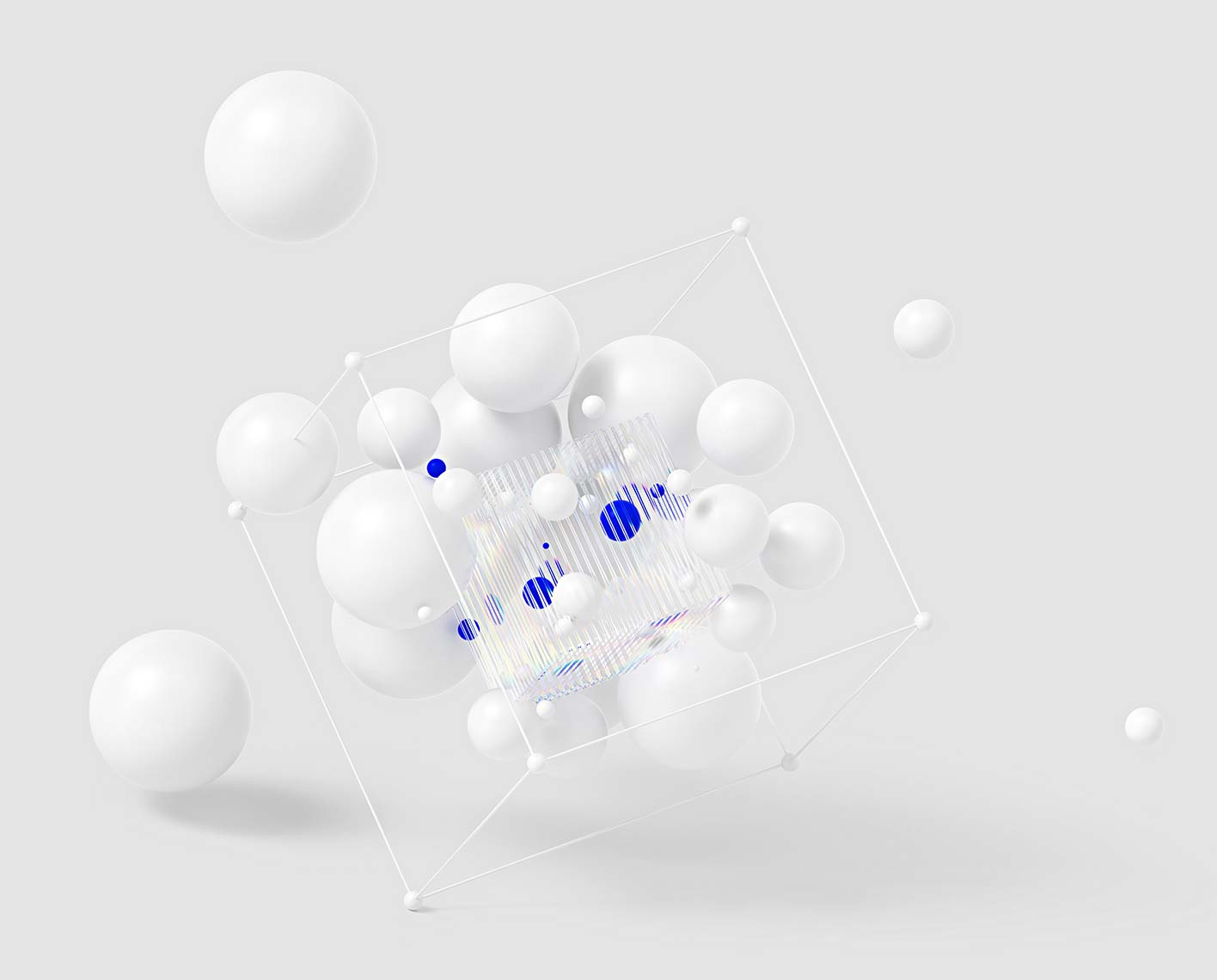Science Rob CCS video series
Join us as domain expert, Robert Laronga, answers your carbon capture and sequestration questions with fun science experiments.

Learn more about CCS from Science Rob
Carbon capture and sequestration (CCS) plays a vital role in achieving the crucial goal of net-zero greenhouse gas emissions, and it stands as one of the few viable decarbonization solutions today. Drawing upon over a century of expertise in the study of rock formations and well construction, SLB brings profound knowledge of the subsurface for reliable carbon storage.
Join our CCS domain expert, Robert Laronga, as he uses engaging science experiments to explain various CCS topics and share insights. These insights play a crucial role in evaluating carbon storage sites for appraisal as an early, critical step in any carbon sequestration project.

What makes a good reservoir to inject and store CO2?
It's all about the rock and its properties. Two key properties are porosity and permeability. Whereas porosity is defined as how much fluid a rock can hold, permeability is described as how well the fluid can flow through that rock. Imagine porosity as the storage space and permeability as the smooth pathways for fluids to flow through.
Learn from Science Rob how rock porosity and permeability can help us better understand and optimize CO2 injection and carbon storage.

How do you keep CO2 underground?
We need something to contain it—that's the reservoir rock. Above this reservoir rock consists a layer called "caprock," which acts as a sturdy impermeable seal to prevent fluids, including the injected CO2, from migrating.
Learn from Science Rob what makes a good caprock and how this enables reliable carbon storage.

How does CO2 behave below the Earth's surface?
When CO2 is injected underground during carbon storage, saline rock reservoirs—those housing salty water also referred to as "brine"—are prime candidates. The interaction between the rock, CO2, and brine is unique from project to project. So understanding the composition of each is crucial for derisking operations.
Learn from Science Rob about the rock-brine-CO2 interaction and how it impacts carbon storage.

Putting rocks to the test for reliable carbon storage
In carbon capture and storage (CCS) projects, as CO2 is injected into the reservoir, pressure naturally increases over time. Ensuring that this pressure remains within safe limits is paramount to prevent the caprock from fracturing, which could compromise containment. So how do rocks perform under pressure?
In Science Rob's latest experiment, kitchen science meets geomechanics: Learn from Rob about fundamental geomechanical concepts like Young's modulus and Poisson's ratio, as he tests how different foods (representative of a rock formation) respond to stress. This and other subsurface insights plays a crucial role in evaluating carbon storage sites for appraisal. Learn more about carbon storage evaluation measurements and how they are an early, critical step in any carbon sequestration project.

Delving downhole: What the reservoir reveals about carbon storage
Learn from Science Rob how we can test rock properties downhole in a well. By experimenting with how acoustic waves travel through simple everyday items, Rob reveals how this relates to rock and the mechanical properties that are essential for reliable carbon storage.

Carbon storage evaluation measurements
We've crafted dedicated CCS workflows for evaluating capacity, injectivity, and containment.
With every measurement, uncover greater insight to optimize your carbon storage project.
Learn More
